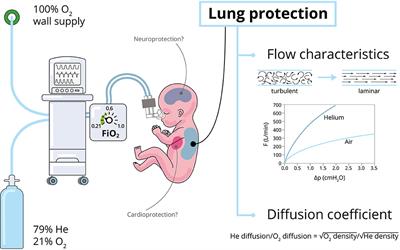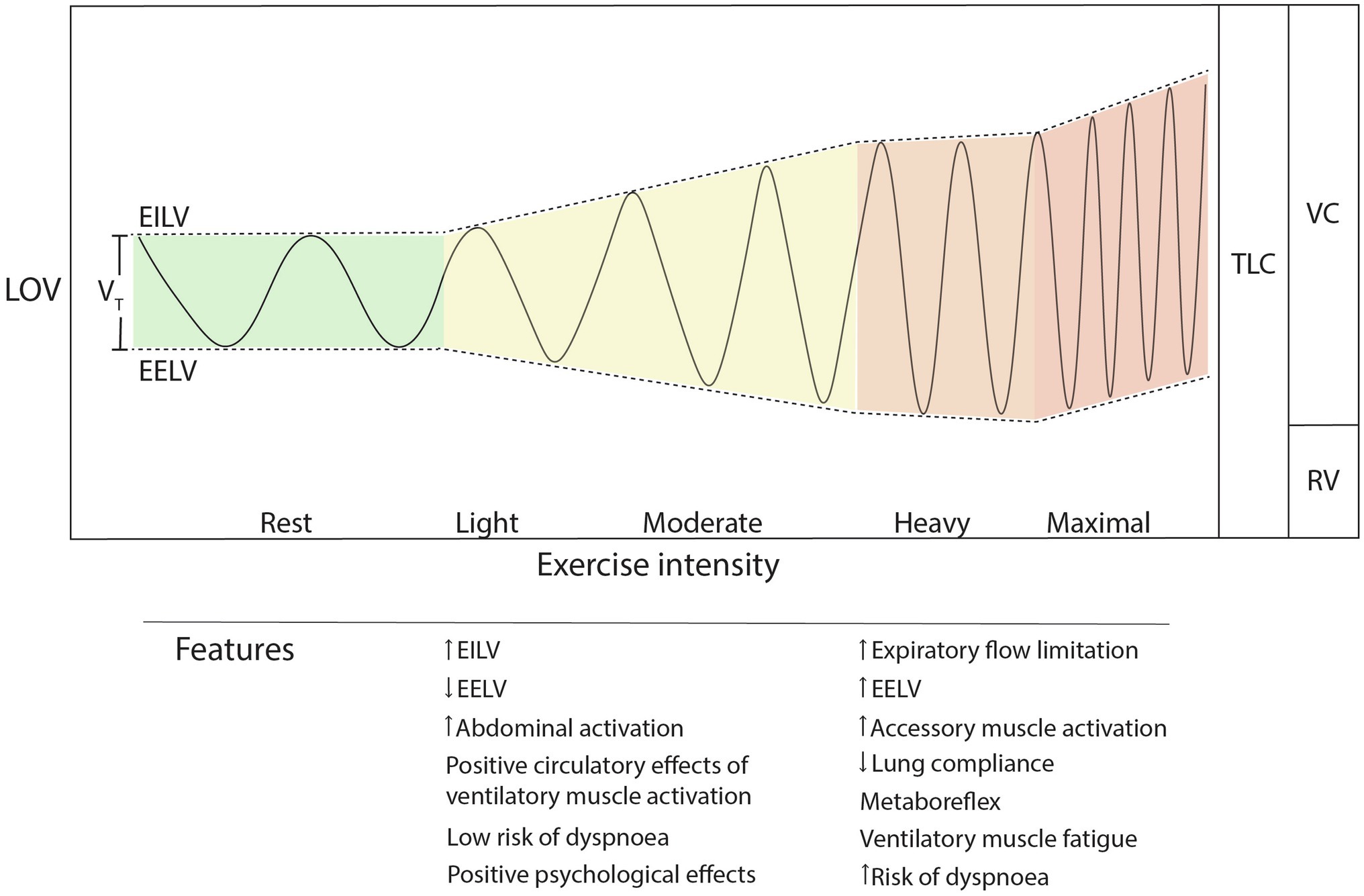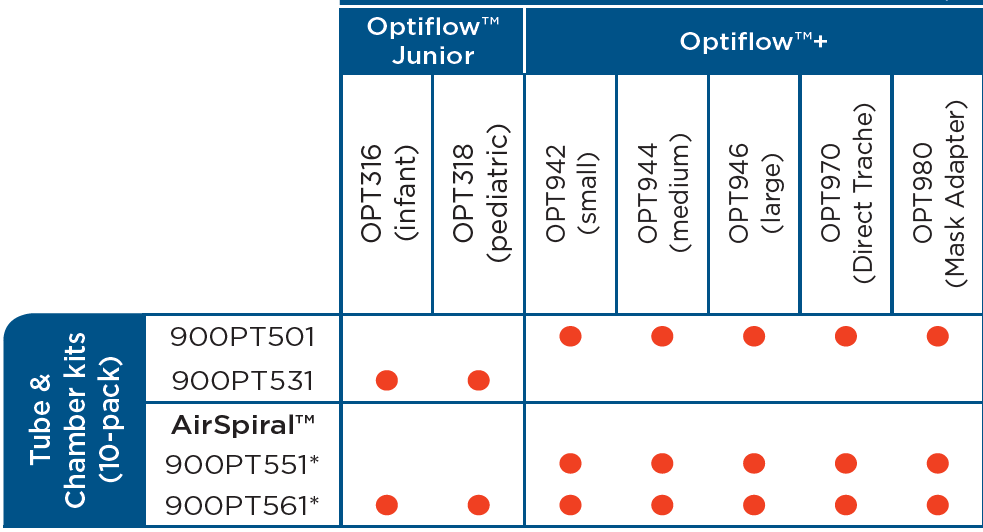oxygen delivery devices and flow rates australia
High Flow Nasal Cannula. 200969111 Bailey P Thomsen GE Spuhler VJ et alCrit Care MedJan2007351139145.

Metal Air Batteries From Static To Flow System Han 2018 Advanced Energy Materials Wiley Online Library
Of the commonly available devices promoted for O 2 delivery to injured divers similar P tc O 2 and nasopharyngeal F I O 2 values were obtained with the three devices tested.

. For example the recommended flow rate for a 35 of venturi valve is 8 liters per minute. Only oxygen tubing and the paediatric non-rebreather mask consistently delivered wafted oxygen concentrations above 30. The oxygen flow rate is the number that we dial up on the oxygen flow metre usually between 1-15Lmin.
Oxygen delivery devices and flow rates should be adjusted to keep the oxygen saturation in the target range. -can deliver 35-50 oxygen with flow rates of 6-12Lmin -monitor skin integrity at pressure points of mask. Oxygen flow rate was controlled via a standard wall-mounted flow rate metre CIG Health Care Comweld Group Pty Ltd Australia with testing conducted at a flow rate of 15 Lmin for all devices and additionally for flow rates of 6 and 8 Lmin when using oxygen tubing.
Dropping the oxygen flow rate closer to 10 Lmin-1 has been suggested as a compromise but the. A typical oxygen concentrator may deliver oxygen flows of 055 Lmin 1 low-flow oxygen concentrators while some models may generate up to 10 Lmin 1 high-flow oxygen concentrators 9 10. Of the commonly available devices promoted for O₂ delivery to injured divers similar PtcO₂ and nasopharyngeal F I O₂ values were obtained with the three devices tested.
Consumption is the liters per minute set by the user. Apply the nasal cannula to the patients nose first. FiO2 is defined as the percentage or concentration of oxygen that a person inhales the fraction of inspired.
Low flow device Most common device used for mild hypoxia Can be set between 1 and 6 LPM 24 to 40 FiO2 FiO2 increases approximately 4 with each liter of O2 KorupoluR GJ Needham DMContemporary CriticalCare. A simulated patient and oxygen sensor were used to compare wafted oxygen concentrations for six delivery devices in various positions and oxygen flow rates. Different oxygen flow rates result in a highly variable and unpredictable FiO 2 Rebreathing of CO 2 can occur with O 2 flow rates of less than 2 L O 2 lmin or if minute ventilation is very high 4 Lmin of oxygen flow delivers an FiO 2 of about 03504 providing there is.
The paediatric non-rebreather held below the face produced. The increased efficiency is achieved through increased complexity. This delivers to the patient a flow rate of 45 liters per minute and an oxygen concentration of 35 percent.
The recommended initial oxygen flow rate for open-circuit systems employing a non-rebreather mask has long been 15 Lmin-1. Comparison of tissue oxygenation achieved breathing oxygen using different delivery devices and flow rates. 1 shows the simulated patient oxygen sensor and device positioning apparatus.
The required oxygen flow rate can be very low often between 08 and 15 Lmin-1. For example the recommended flow rate for a 35 of venturi valve is 8 liters per minute. Ad Inventory Reduction Up To 70 Off.
A paediatric simple Hudson face mask PFM Oxygen Mask Child Aerflo Australia a paediatric non-rebreather mask PNRB. MORS with an oronasal or intraoral mask demand valve with an intraoral mask and NRB at a flow rate of 15 Lmin¹. Set flow rate at 1 to 4 litres per minute.
Delivered O2 Concentration. The oxygen flow rate and the FiO2. Connect the face mask to the oxygen cylinder.
A comparison of the tissue oxygenation achieved using different oxygen delivery devices and flow rates. There are two important things to consider when delivering supplemental oxygen to your patient. MORS with an oronasal or intraoral mask demand valve with an intraoral mask and NRB at a flow rate of 15 Lmin-1PtcO2 and nasopharyngeal F I O 2 values were.
Australia. Increasing the flow rate delivered through a nasal cannula increases the delivered oxygen concentration by 2-4 per liter per minute increase. The HFNC is an oxygen-delivery system that includes an airoxygen blender humidifier heater and nasal cannula to deliver precise and very high flow oxygen to your patient.
Overstocked O2 Equipment Must Sell. If the nasal prongs are curved these should face posteriorly to the patient. 24-45 at 1-6LPM respectively in adults.
Looping the tubing around the patients ears and bring it to the front of the patients chest. Brown LH Young D Lippmann J. Oxygen delivery devices positioning and flow rates Six different oxygen delivery devices were investigated.
This delivers to the patient a flow rate of 45 liters per minute and an oxygen concentration of 35 percent. 2 to 15 Lmin. Same as Salter with added benefit of providing higher flow rate and.
Terms in this set 5 nasal cannula-low flow rate-delivers 24-44 oxygen. Increasing the flow rate to 10 liters per minute increases the total flow to the patient but the oxygen concentration delivered remains at 35.

Frontiers Neonatal Applications Of Heliox A Practical Review

The Considerations And Controversies In Using High Flow Nasal Oxygen With Self Prone Positioning In Sars Cov 2 Covid 19 Disease

Automatic Oxygen Titration Versus Constant Oxygen Flow Rates During Walking In Copd A Randomised Controlled Double Blind Crossover Trial Thorax

Supplementary Oxygenation With The Laryngeal Mask Airway A Comparison Of Four Devices Peyton 2000 Anaesthesia Wiley Online Library

Frontiers Breath Tools A Synthesis Of Evidence Based Breathing Strategies To Enhance Human Running
Clinical Guidelines Nursing Oxygen Delivery

Thoracic Society Of Australia And New Zealand Position Statement On Acute Oxygen Use In Adults Swimming Between The Flags Barnett 2022 Respirology Wiley Online Library

Neoflow High Flow Nasal Cannula Armstrong Medical

Best Continuous Flow Portable Oxygen Concentrators 2020

Low Flow Oxygen How Much Is Your Patient Really Getting Mcdonald 2014 Respirology Wiley Online Library

Automatic Oxygen Titration Versus Constant Oxygen Flow Rates During Walking In Copd A Randomised Controlled Double Blind Crossover Trial Thorax

Thoracic Society Of Australia And New Zealand Position Statement On Acute Oxygen Use In Adults Swimming Between The Flags Barnett 2022 Respirology Wiley Online Library

O Two Single Use Cpap Otwo Com

Sulfur Based Aqueous Batteries Electrochemistry And Strategies Journal Of The American Chemical Society
German S3 Guideline Oxygen Therapy In The Acute Care Of Adult Patients Fulltext Respiration 2022 Vol 101 No 2 Karger Publishers

High Flow Oxygen Therapy Draeger

Sustainability Special Issue Machine Learning And Ai Technology For Sustainability

